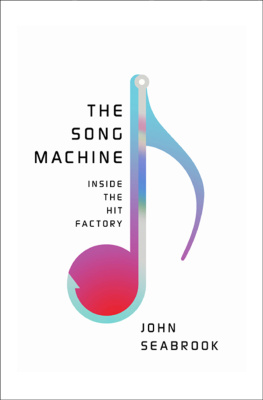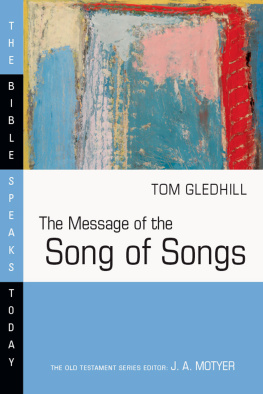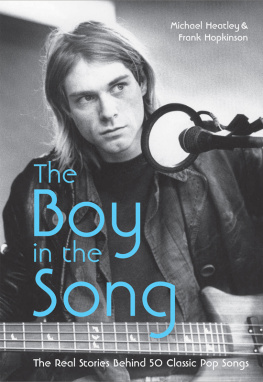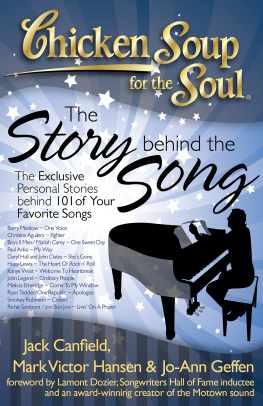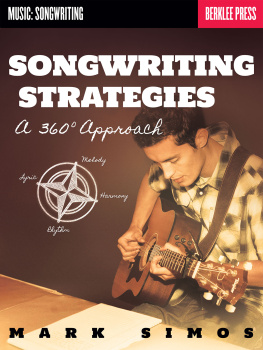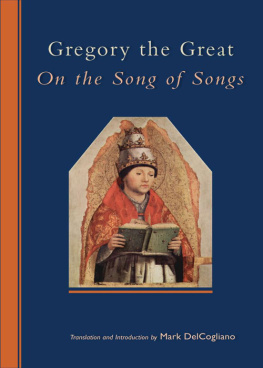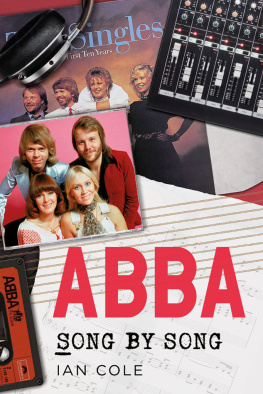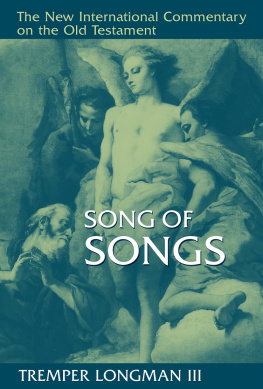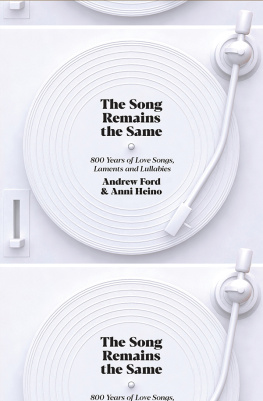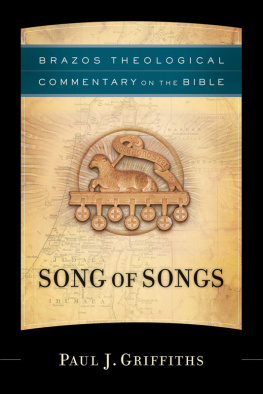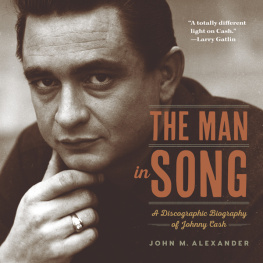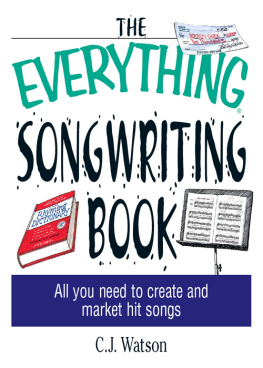

For Harry and Rose:
The Melody and the Beat

One cannot live outside the machine for more perhaps than half an hour.
VIRGINIA WOOLF, THE WAVES
Bring the hooks in, where the bass at?
IGGY AZALEA, FANCY
I T STARTED WHEN the Boy got big enough to claim shotgun. No sooner seated up front than he reprogrammed the presets, changing my classic and alternative rock stations to contemporary hits radio, or CHRwhat used to be called Top 40.
I was irritated at first, but by the time we had crossed the Brooklyn Bridge and arrived at school, where he was a fifth-grader, I was pleased. Hadnt I reconfigured my parents radio to play my music when I was his age? And since there are only so many times you can listen to the guitar solo in Pink Floyds Comfortably Numb without going a little numb yourself, I made the Boy my DJ, at least for the day.
Thumpa thooka whompa whomp Pish pish pish Thumpa wompah wompah pah pah Maaakaka thomp peep bap boony Gunga gunga gung
Was this music? The bass sounded like a recording of a massive undersea earthquake. The speakers produced sounds such as might have been heard on the Island of Dr. Moreau, had he been a DJ rather than a vivisectionist. What strange song machines made these half-brass, half-stringed-sounding noises?
It was the winter of 2009, and Right Round, by Flo Rida, was the number-one song on Billboards Hot 100. The song begins with a swirly sound that goes right round your head in a tight circle.
EEeeoooorrrroooannnnnwwweeeyyeeeooowwwwouuuzzzzeeEE
Sprays of words follow the jackhammer beats, sung-rapped by Flo and assisted on the hook by the barbaric yawp of the artist Kesha.
You spin my head right round right round
When you go down when you go down down
I missed the lyrics at first, but thanks to the repetitiveness of the CHR formatthe playlist was closer to Top 10 than to Top 40I didnt have to wait long for the song to come right round again. It concerned a man in a strip club watching the pole dancers spin. And the hook was a double entendre for oral sex! Now, in my day, songwriters used double entendre to conceal the real meaning of the song. But in Right Round, the surface meaning From the top of the pole I watch her go down is as lewd as the hidden one.
The nation was near the bottom of its worst economic collapse since the Great Depression, but you wouldnt know that from Right Round. Social realism is not what this song is about. Like a lot of CHR songs, it takes place in da club, where Pitbull oils his way around the floor, calling women Dahling and remarking on their shapely behinds. The club is both an earthly paradise where all sensual pleasures are realized, and the arena in which achievement is measured: the place where you prove your manhood. Exactly what is the Boy doing in this place? Fortunately, I will be here with him now, to keep an eye on things.
I WANT TO HOLD YOUR HAND, my first number one, came out when I was five; my sister had the 45. I heard pop music on the radio, on car-pool rides to and from the bus stop. (Bus Stop by the Hollies was one of the hits.) The mothers kept the radio tuned to WFIL, a Philadelphia Top 40 powerhouse in the mid-60s. The Brill Building era, epitomized by professional songwriting teams like Gerry Goffin and Carole King, had given way to the Beatles. That led to the rock era, and I was fortunate enough to have lived my peak music-loving years during the glorious 70s and 80s up through the 90s with Nirvana and grunge. For me, rock came to a spectacularly violent end on April 5, 1994, although Kurt Cobains body wasnt discovered until three days later. By that point Id mostly moved on to drum and bass (The Chemical Brothers, Fatboy Slim), then to techno and EDM. Otherwise I listened to hip-hop, but only on my headphonesyou couldnt spin that stuff around kids, and my wife hated the misogyny.
Around the time I stopped listening to rock, I began playing it. I rediscovered my teenage love of the guitar, and when the Boy came along, I gave him the gift of rock. By the age of three he had been treated to any number of intimate unplugged concerts, featuring me performing the folk and rock canon, during bath and bedtime. Why couldnt my dad have been this cool?
Yet the little gentleman showed an unnatural lack of affection for my music. Dont play! hed say whenever I reached for my instrument. Hed leave the room when Knockin on Heavens Door came around again. In his displeasure with my music he reminded me of my dad.
And now, age ten, the tables were turned and for the first time I was treated to a full blast of his music, rudely shaking me from my long rock slumber. The songs in the car werent soulful ballads played by the singer-songwriter. They were industrial-strength products, made for malls, stadiums, airports, casinos, gyms, and the Super Bowl half-time show. The music reminded me a little of the bubblegum pop of my preteen years, but it was vodka-flavored and laced with MDMA; it doesnt taste like Sugar, Sugar. It is teen pop for adults.
Like the Brill Building songs of my youth, the hits on the radio are once again manufactured by songwriting pros. The hit makers arent on the same team, but they collaborate and work independently for the same few A-list artists. Collectively, they constitute a virtual Brill Building, the place where record men go when they have to have a hit. The song machine.
MUSICALLY, THE SONG MACHINE makes two types of hits. One branch is descended from Europop, and the other from R&B. The former has longer, more progressive melodies and a sharper verse-chorus differentiation, and they seem more meticulously crafted. The latter have a rhythmic groove with a melodic hook on top that repeats throughout the song. But these templates are endlessly recombined. And the line between pop and urban is as blurry as it was in the 50s when the record business was in its infancy, and the distinctions between R&B and pop were still fluid. Sam Smith, Hozier, and Iggy Azalea are all white artists with a black sound.
Phil Spector, an early master at mixing R&B and pop, required dozens of session musicians to build his famous Wall of Sound. CHR hit makers can make all the sounds they need with musical software and samplesno instruments required. This is democratizing, but it also feels a little like cheating. By employing technologically advanced equipment and digital-compression techniques, these hit makers create sounds that are more sonically engaging and powerful than even the most skilled instrumentalists can produce. And its so easy! You want the string section from Abbey Road on your recordyou just punch it up. Whole subcultures of musical professionalsengineers, arrangers, session musiciansare disappearing, unable to compete with the software that automates their work.
Some instrumental sounds are based on samples of actual instruments, but they are no longer recognizable as such. And the electronic atmosphere and the dynamic changes in the density of the sound are more captivating than the virtuosity of the musicians. The computer is felt in the instrumentation, the cut-and-paste architecture, and in the rigorous perfection of timing and pitchcall it robopop. Melodies are fragmentary, and appear in strong short bursts, like espresso shots served throughout the song by a producer-barista. Then, slicing through the thunderous algorithms, like Tennysons eagle And like a thunderbolt he falls comes the hook: a short, sung line that grips the rhythm with melodic talons and soars skyward. The songs bristle with hooks, painstakingly crafted to tweak the brains delight in melody, rhythm, and repetition.
Next page
